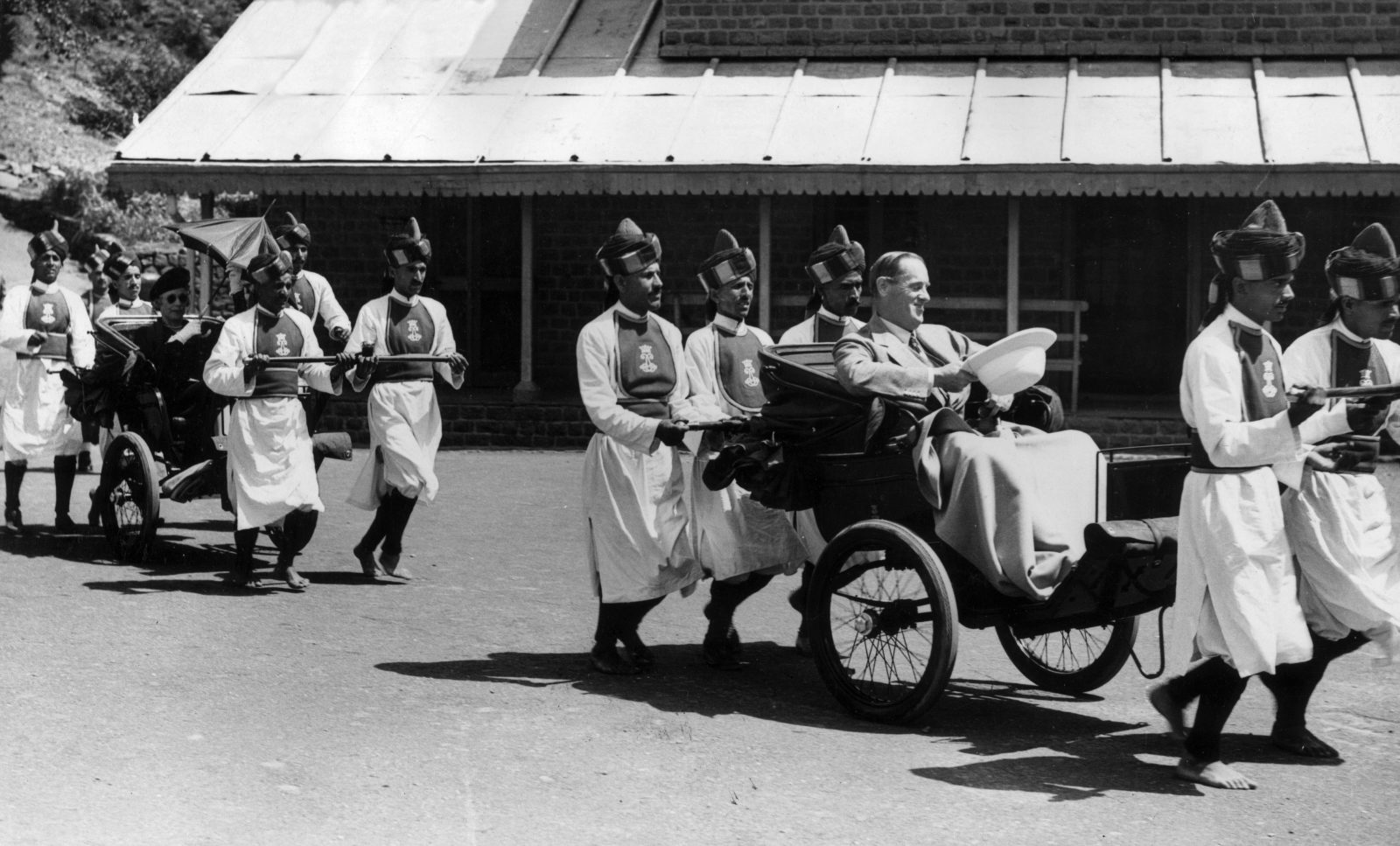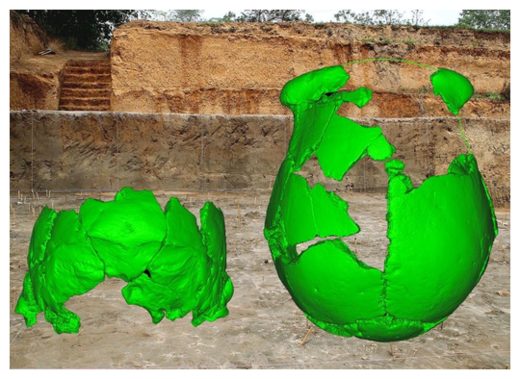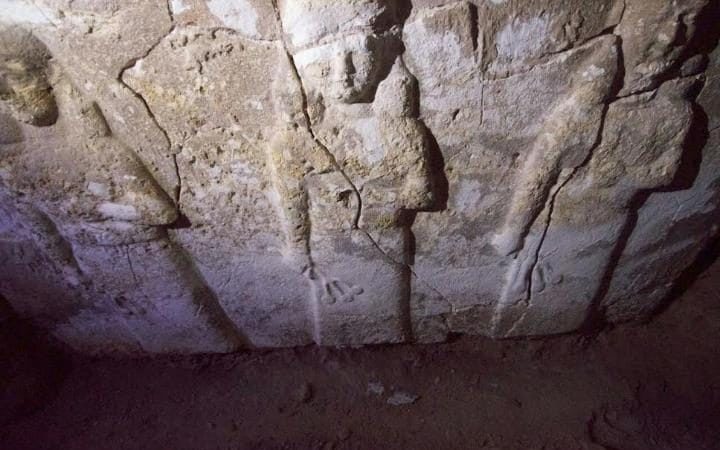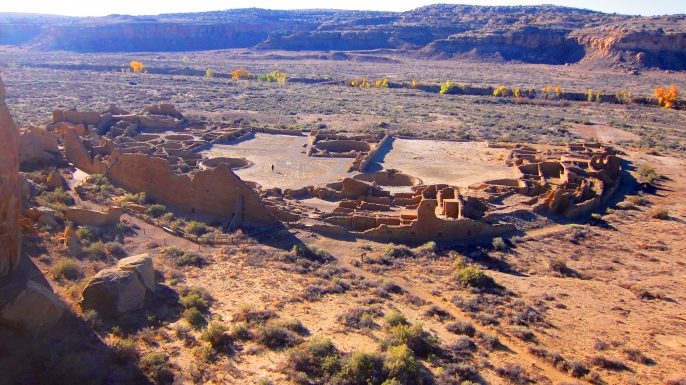OF THE
TIMES



By the time the Balfour Declaration was finalised, thirty-plus years of Zionist settlement had made clear that the Zionists intended to ethnically cleanse the land for a settler state based on racial superiority; and it was the behind-the-scenes demands of the principal Zionist leaders, notably Chaim Weizmann and Baron Rothschild.And: Shlomo Sand's "The Invention of the Jewish People"
First-hand accounts of Zionist settlement in Palestine had already painted a picture of violent racial displacement. I will cite one of the lesser known reports, by Dr. Paul Nathan, a prominent Jewish leader in Berlin, who went to Palestine on behalf of the German Jewish National Relief Association. He was so horrified by what he found that he published a pamphlet in January, 1914, in which he described the Zionist settlers as carrying on 'a campaign of terror modelled almost on Russian pogrom models.'
So if the exile was a myth — fomented, Sand writes, by the Christian church as an image of divine punishment ("The Wandering Jew") — what happened to the indigenous Jews? Sand's answer: they converted to Islam and survive as today's disinherited Palestinians. This seemingly radical thesis was once shared by, among others, David Ben-Gurion, Israel's first prime minister who in 1918 still believed that (in Sand's words) "the ancient Judean peasants converted to Islam ... for material reasons ... Indeed, by clinging to their soil they remained loyal to their homeland" (186).And for the extra curious there's always SOTT's wide-ranging interview with Russell Gmirkin on the secret history of the Old Testament, also available on Youtube:


Comment: That the Bilderberg group would seek to have someone like Allen Dulles as one of its members is quite telling about the nature of this organization, and what types of goals it would seek to accomplish. See also: